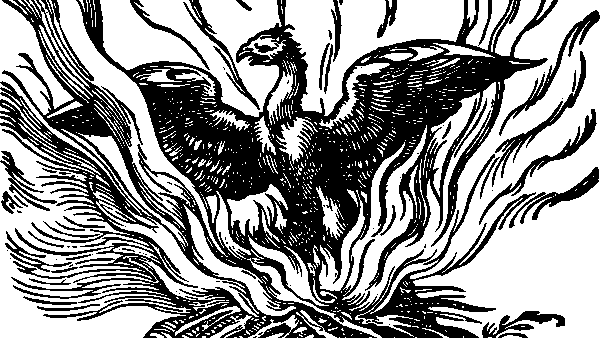My review of Fire Rush by Jacqueline Crooks, a fast-paced piece of literary fiction set among the Caribbean diaspora in 1970s London.
Some novels take a while to get going, but not Fire Rush. Jacqueline Crooks takes us straight to the streets of 1970s London and introduces us to the group of friends who will be at the centre of the action, both on this night and in what follows:
Tombstone Estate gyals — Caribbean, Irish. No one expects better. We ain’t IT. But we sure ain’t shit. All we need is a likkle bit of riddim. So we go inna it, deep, into the dance-hall Crypt.
As well as introducing us to three central characters, this short paragraph also introduces us to two important themes of Fire Rush: music and death. The Crypt embodies them both—it’s an underground world of pulsing reggae and dub, skanking and swaying, excitement and strong hints of danger. But it’s also an old crypt, a place of burials and ancient remains. It’s also a “refuge from Babylon”, but one man has used it as a hiding-place from the police for so long that he seems to be buried alive.
Then there’s the Tombstone Estate, the public housing complex where Yamaye, Asase and Rumer live in massive tombstone-shaped white buildings with “metal coffin lifts”, skull and crossbones graffiti on the walls, and flats that “look out over the cemetery and the surrounding wastelands”.
For a while, it seems as if Yamaye will escape from the intimations of death all around her. She meets a good man, Moose, and they begin a life together that, it seems, will be better. But then Moose dies at the hands of the police, like so many other young Black men: arrested for obscure reasons and then suddenly dying in police custody. The official story—he fought and needed to be “restrained”—makes no sense.
Things fall apart. Asase is jailed, Rumer goes back to Ireland, Yamaye drifts, trying to fight for justice but unable to believe that justice is possible in that place. She falls into another kind of death, meeting a man called Monassa in a cemetery at night and ending up hiding out in his safe house in Bristol, a place that is gradually transformed from a refuge to a cage as Monassa’s behaviour becomes more menacing and controlling.
And through it all, the music plays. For Yamaye, music and dance seem to act as more than just an escape from a difficult life, and certainly much more than fun. They are her way of exploring the world and discovering herself. Music plays such a central role in Fire Rush that, unusually, the novel comes with a playlist to listen to as you read.
It’s also no coincidence, I think, that the music Yamaye listens to has its origins in the Caribbean, and that Caribbean music is itself strongly influenced by the music of Africa. In the beats of the music, Yamaye finds a way to connect with her ancestors and discover sources of strength to help her survive in a hostile world of racism, police brutality, male violence and a host of other problems.
Towards the end of the book, Yamaye’s physical journey mirrors her musical one. She goes to Jamaica, both to escape from the scarily possessive and violent Monassa and to search for traces of her mother, who disappeared years earlier. But the more profound revelations of that journey come when she meets Granny Itiba, Moose’s grandmother, and discovers links to centuries-old sources of resistance and power. Through them, she finds the strength to confront the man who’s been pursuing her and also, we sense, to face the other problems in her life without needing to hide any more.
Fire Rush presents us with a bleak, violent, unfair world, and yet it’s not a depressing read. Although Yamaye and her friends face horrific events and have limited options, they are not helpless victims of fate—far from it. They dance, they fight, they struggle, they resist. They are strong characters who you instinctively root for, and although there’s plenty of pain in store for them, there’s also plenty of beauty and discovery and growth.
If you liked this post, you might enjoy some of my posts on Caribbean literature and other literary fiction.




There are 4 comments
Oh sounds like a good read. Very much enjoyed your review. Also, saw your newsletter and glad to hear you’ve sent your novel off to your agent. Keeping my fingers crossed!
Thanks very much, Stefanie! Me too 🙂
Sounds like a good one to understand this time and place
Yes, definitely, Emma. You feel as if you’re right there in 1970s London as you’re reading!